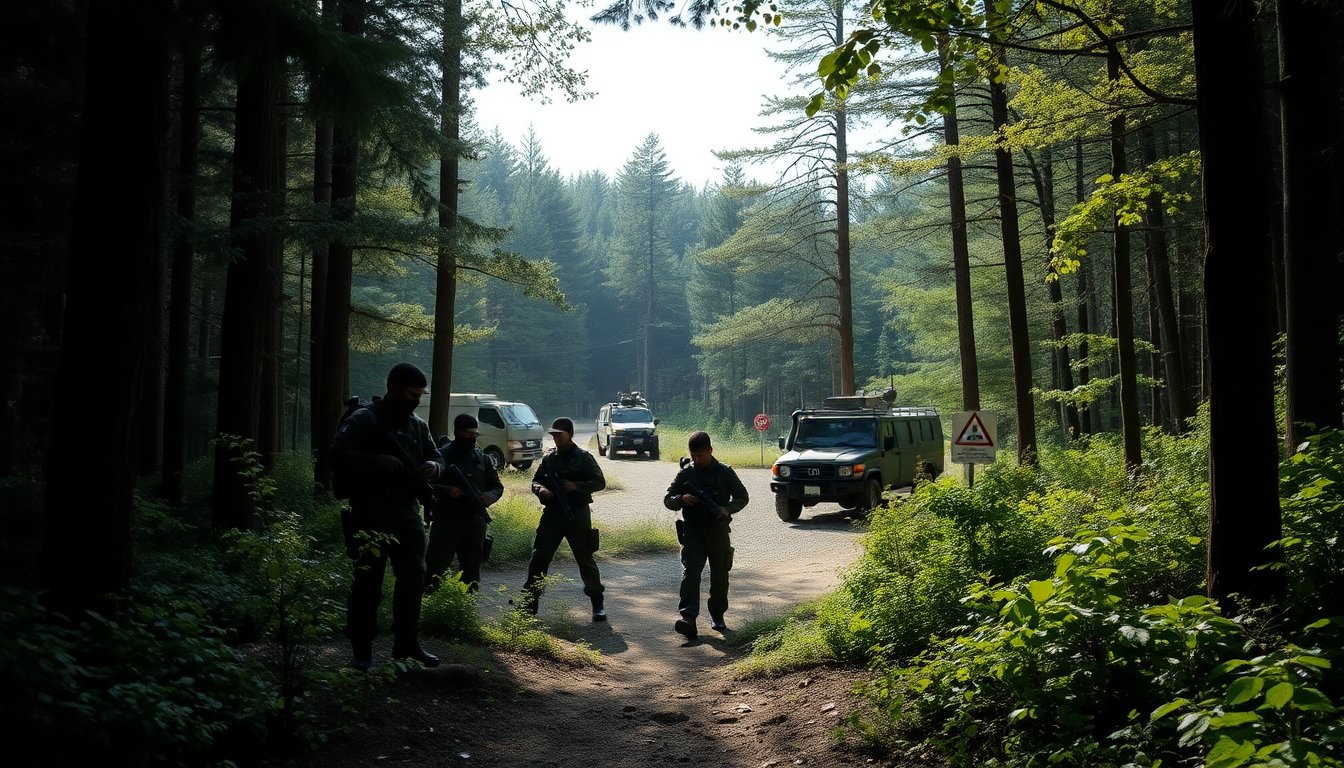Table of Contents
Amid rising concerns over public safety, Japan has seen a significant increase in bear attacks, prompting local authorities to seek military assistance. Reports indicate that over 100 attacks and 12 fatalities have occurred since April. In response, troops have been deployed to the northern mountainous regions, particularly in the town of Kazuno, which has been heavily impacted by these wildlife incursions.
In Kazuno, authorities have advised residents to avoid the dense surrounding forests, refrain from venturing out after sunset, and carry bells as a deterrent against potential bear encounters. The local populace is understandably anxious, as expressed by Kazuno’s mayor, Shinji Sasamoto, who noted that the community feels a constant sense of danger.
Military personnel have arrived equipped with body armor and detailed maps, ready to assist in the capture and management of these bears.
The gravity of the bear attack situation
The environmental ministry has reported a staggering six-fold increase in bear sightings this year, totaling over 8,000 in Akita Prefecture alone.
This alarming statistic has led the prefecture’s governor to formally request help from the Japan Self-Defense Forces. The military’s role is primarily logistical; they will set up and inspect traps designed to ensnare bears, while trained hunters will manage the more lethal aspects of the operation.
Public safety concerns
As bears increasingly invade urban areas, they pose a serious threat to community safety. Recent incidents include bears attacking shoppers in supermarkets and assaulting individuals at bus stops. The situation has escalated to the point where some schools have temporarily closed due to bear sightings on school grounds.
This trend of human-bear encounters is not only unsettling but also highlights a larger issue regarding wildlife management in Japan.
Contributing factors to the crisis
Experts attribute the rise in bear encounters to several factors, including a growing bear population, climate shifts affecting their natural food sources, and the gradual depopulation of rural areas.
The aging population of hunters, who once played a crucial role in managing wildlife, has resulted in a shortage of qualified individuals to address these challenges. This has created a perfect storm where bears are venturing closer to human habitats in search of food.
Furthermore, the autumn months, particularly October and November, typically see a spike in bear activity as these animals forage in preparation for hibernation. The Japanese black bear, prevalent across much of the country, can weigh up to 287 pounds, while the brown bears found on Hokkaido can reach weights of up to 880 pounds. These substantial animals pose a significant risk to unprepared communities.
Government response and future measures
In light of the ongoing crisis, Japanese authorities are considering a comprehensive set of measures to enhance safety. This includes recruiting more licensed hunters and potentially relaxing gun regulations to better control bear populations in urban settings. Deputy Chief Cabinet Secretary Kei Sato has emphasized that immediate action is necessary as injuries from bear encounters continue to rise.
Historically, Japan has utilized military support for wildlife management, such as during aerial surveillance operations for deer hunts. Similarly, the British Army has provided assistance in addressing wildlife issues in other contexts, showcasing the potential for military involvement in environmental crises. As Japan navigates this challenging situation, the collaboration between local authorities and military forces represents a significant shift in the approach to wildlife management.





